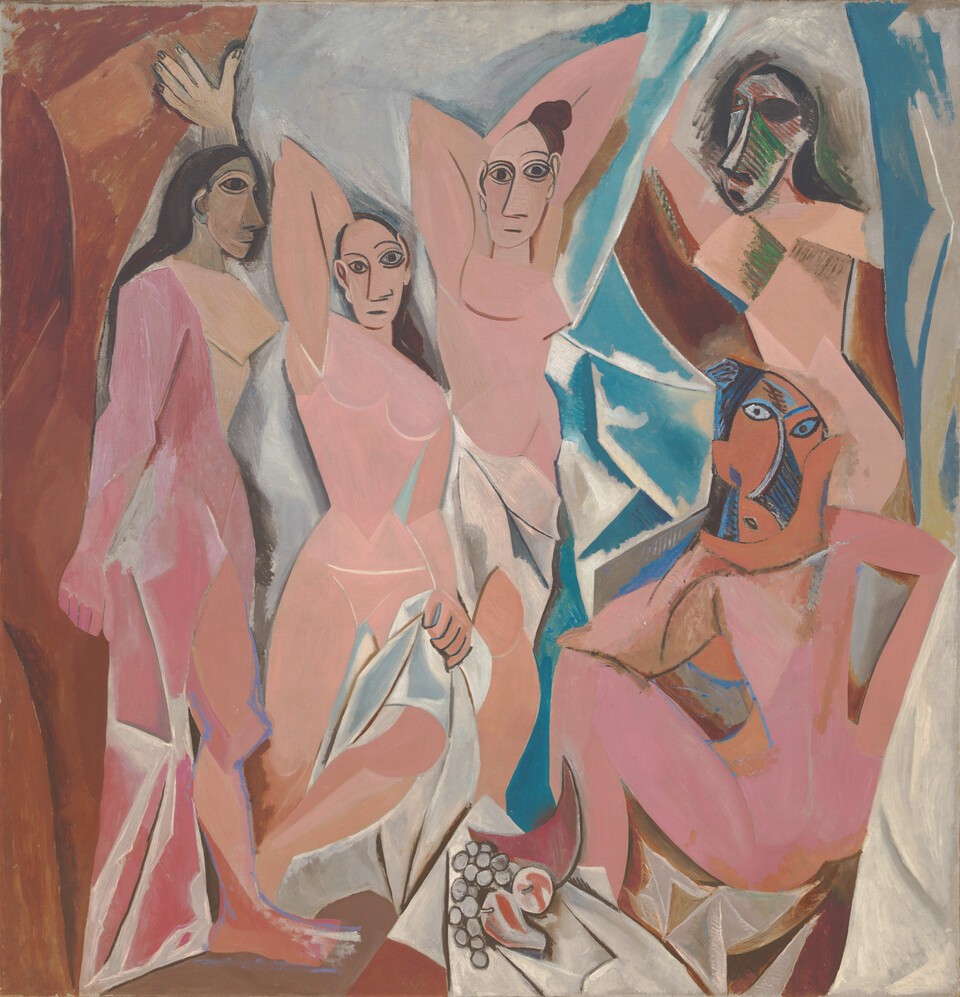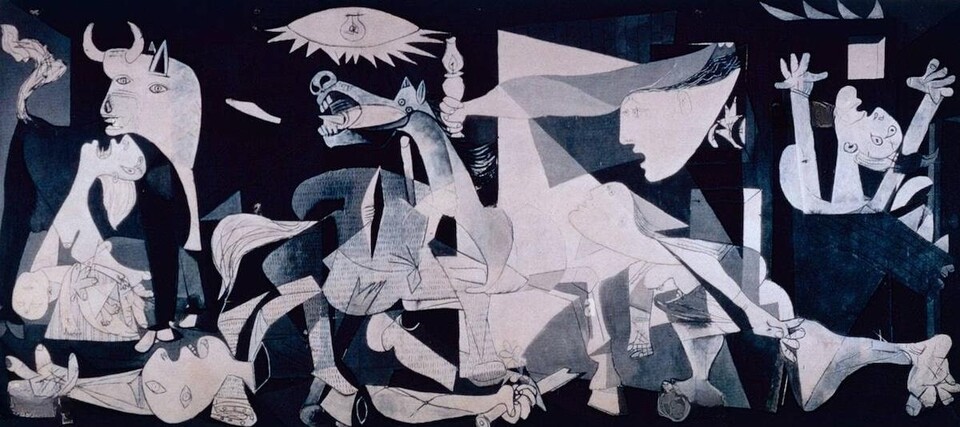If there is one figure who entirely transformed 20th-century art, Pablo Picasso should be mentioned first. Through a new art style called “Cubism,” he fundamentally restructured the visual art scene, established himself as more than just an artist but akin to a thinker. Picasso not only shook up modes of expression but also questioned the very reason for art’s existence, brazenly dismantling the principles of perspective, realism, and representation that traditional painting had built upon.
Born in Malaga, Spain, in 1881, Picasso was a prodigy in painting, receiving art education from an early age. With his father being a painter and art teacher, he learned traditional academic painting from a young age and mastered the skill of realistic expression by his mid-teens. However, Picasso’s brilliance shone through his breaking of the existing mold. After moving to Paris, France, he transitioned through his “Blue Period,” which captured human suffering and loss, and the “Rose Period,” marked by emotional colors, ultimately leading to Cubism.

Cubism attempted to dissect and simultaneously depict a single object from multiple perspectives. “Les Demoiselles d’Avignon” (1907) stands at that turning point. While borrowing the facade of classical nude paintings, the piece is fragmented internally. The faces evoke African masks, and the entire canvas comprises deconstructed forms on a flat surface. This was a stark rejection of the perspective of ancient Greek painting and the realist painting tradition sustained since the Renaissance.
Cubism, developed alongside Georges Braque, had a broad impact on the art world. Through analytical cubism, they delved into the structure of objects, and in synthetic cubism, they ventured into the ‘collage’ technique, attaching paper, fabric, and newspapers to the canvas. The materials and forms of painting were completely redefined.

Beyond formal experiments, Picasso was also actively engaged in political messages. The iconic “Guernica” (1937) revolves around the bombing of the town of Guernica in the Basque region of Spain by the Nazis. The massive black-and-white mural encapsulates the horror of war and the human shriek in powerful symbols. The disproportionate bodies, distorted expressions, and disintegrated structures, absent in traditional war paintings, constitute a language of anti-war in themselves.
Having left more than 50,000 works throughout his life, Picasso ventured into nearly every visual art genre, including sculpture, ceramics, and printmaking, besides painting. Though he passed away on April 8, 1973, in Mougins, France, the artistic experiments he left behind continued to influence the development of art history thereafter.
Picasso did not perceive art merely as a tool for representation. He considered it a means to reorder the senses and jolt the frames of thought. By demolishing the style of one era and constructing a new one, he essentially redefined the very essence of art.